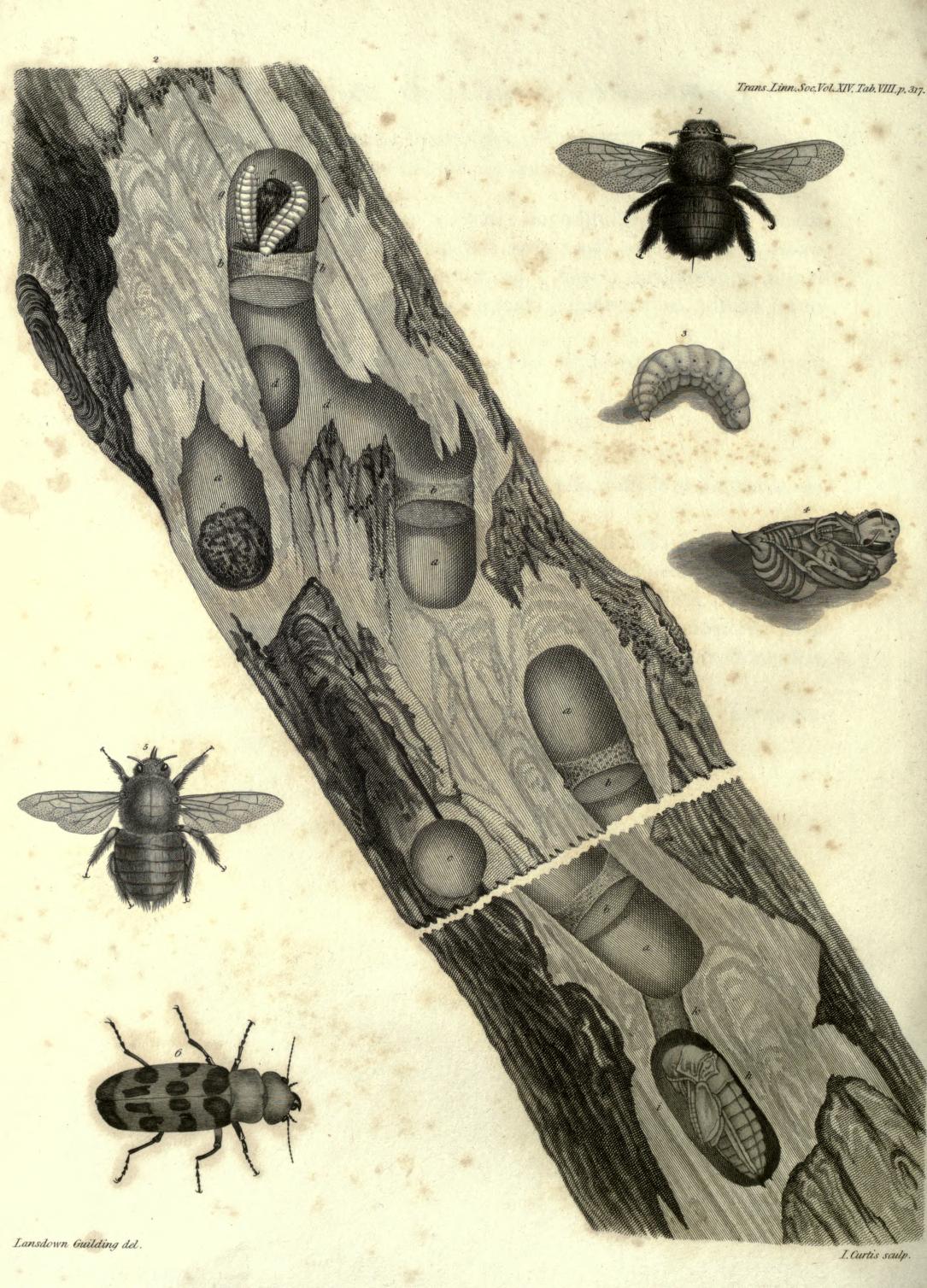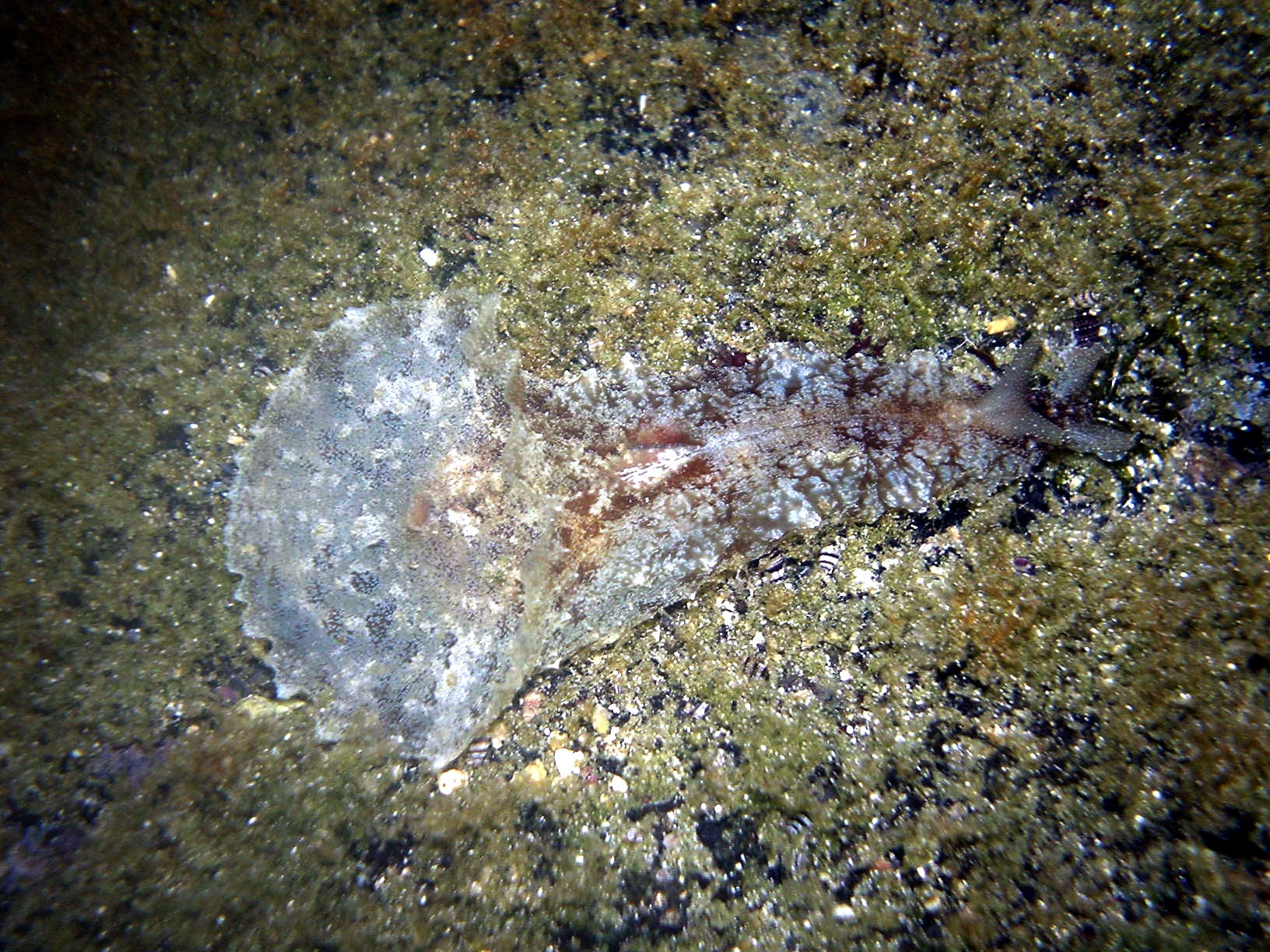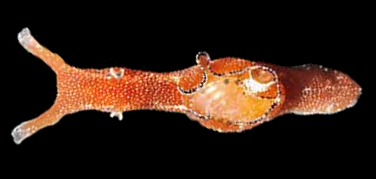|
Aplysia Parvula
The dwarf sea hare or pygmy sea hare, ''Aplysia parvula'', is a species of sea hare, a marine gastropod mollusc in the family Aplysiidae.Rosenberg, G.; Gofas, S. (2012). Aplysia parvula Mørch, 1863. Accessed through: World Register of Marine Species at http://www.marinespecies.org/aphia.php?p=taxdetails&id=138757 on 2012-03-31 Distribution ''Aplysia parvula'' was long seen as a circumtropical sea hare species, but Golestani et al. (2019) restricted the name ''A. parvula'' to the population from tropical waters in the northwest Atlantic, while resurrecting ''A. elongata'', ''A. japonica'', ''A. atromarginata'', and ''A. nigrocincta'' for populations from the Indo-Pacific and describing the new species ''A. ghanimii'' and ''A. hooveri'' for populations from the eastern Pacific. The type locality of ''Aplysia parvula'' is Saint Vincent, Lesser Antilles. Description The dwarf sea hare is round-bodied and smooth-skinned with a slender head bearing extensions which resemble rabbit ea ... [...More Info...] [...Related Items...] OR: [Wikipedia] [Google] [Baidu] |
Lansdown Guilding
Lansdown Guilding (9 May 1797 – 22 October 1831) was a theologian and naturalist. He is best known for his works on the flora and fauna of St Vincent in particular and on the Caribbean in general. He wrote numerous illustrated papers for journals of scholarly societies in England including the first descriptions of velvet worms and scale insects in the ground pearl family. Guilding was born on 9 May 1797 in Kingstown, Saint Vincent and the Grenadines. He was one of six siblings, son of the Reverend John Guilding and his wife Sarah. In 1802, at the age of 5, he was sent to England, where he studied at Oxford University. In 1817, after receiving a B.A. degree, he returned to his home country. His father died in 1818, and he took up work as garrison chaplain and left for England in 1819. In 1821, Guilding travelled to England to marry Mary Hunt, daughter of the Rev. S. Hunt, rector of Wakerly and St. George's Church, Stamford. From 1824 to 1826 he disputed with Robert Herries for ... [...More Info...] [...Related Items...] OR: [Wikipedia] [Google] [Baidu] |
Otto Andreas Lowson Mörch
Otto Andreas Lowson Mörch (his last name also spelled Mørch) (17 May 1828 – 25 January 1878) was a biologist, specifically a malacologist. He lived in Sweden, in Denmark, and in France. Taxa described * Bibliography and taxa described by Otto Andreas Lowson Mörch include: 1863 Mörch O. A. L. (1863). "Revision des especes du genre ''Oxynoe'' Rafinesque, et ''Lobiger'' Krohn". ''Journal de Conchyliologie'' 114348. * ''Oxynoe antillarum'' Mörch, 1863 on page 46 1864 Mörch O. A. L. (1864). "Fortegnelse over de i Danmark forekommende land- og ferskvandsblöddyr". ''Videnskabelige Meddelelser fra den Naturhistoriske Forening i Kjöbenhavn'' (2)1863(17-22): 265–367. * ''Valvata macrostoma'' Mörch, 1864 * Zonitidae Mörch, 1864, also known as the "true glass snails". Taxa named after Mörch * ''Glossodoris moerchi'' (Bergh, 1879) * ''Turbonilla mörchi ''Turbonilla mörchi'' is a species of minute sea snail, a marine gastropod mollusk in the family Pyramidellidae, ... [...More Info...] [...Related Items...] OR: [Wikipedia] [Google] [Baidu] |
Journal De Conchyliologie
A journal, from the Old French ''journal'' (meaning "daily"), may refer to: *Bullet journal, a method of personal organization *Diary, a record of what happened over the course of a day or other period *Daybook, also known as a general journal, a daily record of financial transactions *Logbook, a record of events important to the operation of a vehicle, facility, or otherwise *Record (other) *Transaction log, a chronological record of data processing *Travel journal In publishing, ''journal'' can refer to various periodicals or serials: *Academic journal, an academic or scholarly periodical **Scientific journal, an academic journal focusing on science **Medical journal, an academic journal focusing on medicine **Law review, a professional journal focusing on legal interpretation *Magazine, non-academic or scholarly periodicals in general **Trade magazine, a magazine of interest to those of a particular profession or trade **Literary magazine, a magazine devoted to literat ... [...More Info...] [...Related Items...] OR: [Wikipedia] [Google] [Baidu] |
Species
In biology, a species is the basic unit of classification and a taxonomic rank of an organism, as well as a unit of biodiversity. A species is often defined as the largest group of organisms in which any two individuals of the appropriate sexes or mating types can produce fertile offspring, typically by sexual reproduction. Other ways of defining species include their karyotype, DNA sequence, morphology, behaviour or ecological niche. In addition, paleontologists use the concept of the chronospecies since fossil reproduction cannot be examined. The most recent rigorous estimate for the total number of species of eukaryotes is between 8 and 8.7 million. However, only about 14% of these had been described by 2011. All species (except viruses) are given a two-part name, a "binomial". The first part of a binomial is the genus to which the species belongs. The second part is called the specific name or the specific epithet (in botanical nomenclature, also sometimes i ... [...More Info...] [...Related Items...] OR: [Wikipedia] [Google] [Baidu] |
Sea Hare
The clade Anaspidea, commonly known as sea hares (''Aplysia'' species and related genera), are medium-sized to very large opisthobranch gastropod molluscs with a soft internal shell made of protein. These are marine gastropod molluscs in the superfamilies Aplysioidea and Akeroidea. The common name "sea hare" is a direct translation from la, lepus marinus, as the animal's existence was known in Roman times. The name derives from their rounded shape and from the two long rhinophores that project upward from their heads and that somewhat resemble the ears of a hare. Taxonomy Many older textbooks and websites refer to this suborder as "Anaspidea". The original author Paul Henri Fischer described the taxon Anaspidea at unspecified rank above family. In 1925 Johannes Thiele established the taxon Anaspidea as a suborder. 2005 taxonomy Since the taxon Anaspidea was not based on an existing genus, this name is no longer available according to the rules of the ICZN. Anaspidea ha ... [...More Info...] [...Related Items...] OR: [Wikipedia] [Google] [Baidu] |
Marine (ocean)
The ocean (also the sea or the world ocean) is the body of salt water that covers approximately 70.8% of the surface of Earth and contains 97% of Earth's water. An ocean can also refer to any of the large bodies of water into which the world ocean is conventionally divided."Ocean." ''Merriam-Webster.com Dictionary'', Merriam-Webster, |
Gastropod
The gastropods (), commonly known as snails and slugs, belong to a large taxonomic class of invertebrates within the phylum Mollusca called Gastropoda (). This class comprises snails and slugs from saltwater, from freshwater, and from land. There are many thousands of species of sea snails and slugs, as well as freshwater snails, freshwater limpets, and land snails and slugs. The class Gastropoda contains a vast total of named species, second only to the insects in overall number. The fossil history of this class goes back to the Late Cambrian. , 721 families of gastropods are known, of which 245 are extinct and appear only in the fossil record, while 476 are currently extant with or without a fossil record. Gastropoda (previously known as univalves and sometimes spelled "Gasteropoda") are a major part of the phylum Mollusca, and are the most highly diversified class in the phylum, with 65,000 to 80,000 living snail and slug species. The anatomy, behavior, feeding, and re ... [...More Info...] [...Related Items...] OR: [Wikipedia] [Google] [Baidu] |
Mollusc
Mollusca is the second-largest phylum of invertebrate animals after the Arthropoda, the members of which are known as molluscs or mollusks (). Around 85,000 extant species of molluscs are recognized. The number of fossil species is estimated between 60,000 and 100,000 additional species. The proportion of undescribed species is very high. Many taxa remain poorly studied. Molluscs are the largest marine phylum, comprising about 23% of all the named marine organisms. Numerous molluscs also live in freshwater and terrestrial habitats. They are highly diverse, not just in size and anatomical structure, but also in behaviour and habitat. The phylum is typically divided into 7 or 8 taxonomic classes, of which two are entirely extinct. Cephalopod molluscs, such as squid, cuttlefish, and octopuses, are among the most neurologically advanced of all invertebrates—and either the giant squid or the colossal squid is the largest known invertebrate species. The gastropods ... [...More Info...] [...Related Items...] OR: [Wikipedia] [Google] [Baidu] |
Aplysiidae
Aplysiidae is the only family in the superfamily Aplysioidea, within the clade Anaspidea. These animals are commonly called sea hares because, unlike most sea slugs, they are often quite large, and when they are underwater, their rounded body shape and the long rhinophores on their heads mean that their overall shape resembles that of a sitting rabbit or hare. Sea hares are however sea snails with shells reduced to a small plate hidden between the parapodia, and some species are extremely large. The Californian black sea hare, ''Aplysia vaccaria'' is arguably the largest living gastropod species, and is certainly the largest living heterobranch gastropod. Description Members of the Aplysiidae have an atrophied inner shell (in contrast with the nudibranchs, which have no shell at all). In ''Aplysia'' and ''Syphonota'', this shell is a soft flattened plate over the visceral rear end, where it is fully or partially enclosed in the mantle skin. In ''Dolabella auricularia'', t ... [...More Info...] [...Related Items...] OR: [Wikipedia] [Google] [Baidu] |
Saint Vincent (island)
Saint Vincent is a volcanic island in the Caribbean. It is the largest island of the country Saint Vincent and the Grenadines and is located in the Caribbean Sea, between Saint Lucia and Grenada. It is composed of partially submerged volcanic mountains. Its largest volcano and the country's highest peak, Soufrière (volcano), La Soufrière, is active, with the latest episode of volcanic activity having begun in December 2020 and intensifying in April 2021. There were major territory wars between the indigenous population of the Black Caribs, also called the Garifuna, and Great Britain in the 18th century, before the island was ceded to the British in 1763 and again in 1783. Saint Vincent and the Grenadines gained independence from the United Kingdom on 27 October 1979 and became part of the British Commonwealth of Nations thereafter. Approximately 130,000 people currently live on the island, and the population saw significant migration to the UK in the early 1900s and between t ... [...More Info...] [...Related Items...] OR: [Wikipedia] [Google] [Baidu] |
Parapodia
In invertebrates, the term parapodium ( Gr. ''para'', beyond or beside + ''podia'', feet; plural: parapodia) refers to lateral outgrowths or protrusions from the body. Parapodia are predominantly found in annelids, where they are paired, unjointed lateral outgrowths that bear the chaetae. In several groups of sea snails and sea slugs, 'parapodium' refers to lateral fleshy protrusions. __TOC__ Annelid parapodia Most species of polychaete annelids have paired, fleshy parapodia which are segmentally arranged along the body axis. Parapodia vary greatly in size and form, reflecting a variety of functions, such as gas exchange, anchorage, protection and locomotion. General description Parapodia in polychaetes can be uniramous (consisting of one lobe or ramus) but are usually biramous (two lobes or rami). In the latter case, the dorsal lobes are called notopodia and the ventral lobes neuropodia. Both neuropodia and notopodia may possess a bundle of chaetae (neurochaetae and notochaet ... [...More Info...] [...Related Items...] OR: [Wikipedia] [Google] [Baidu] |







